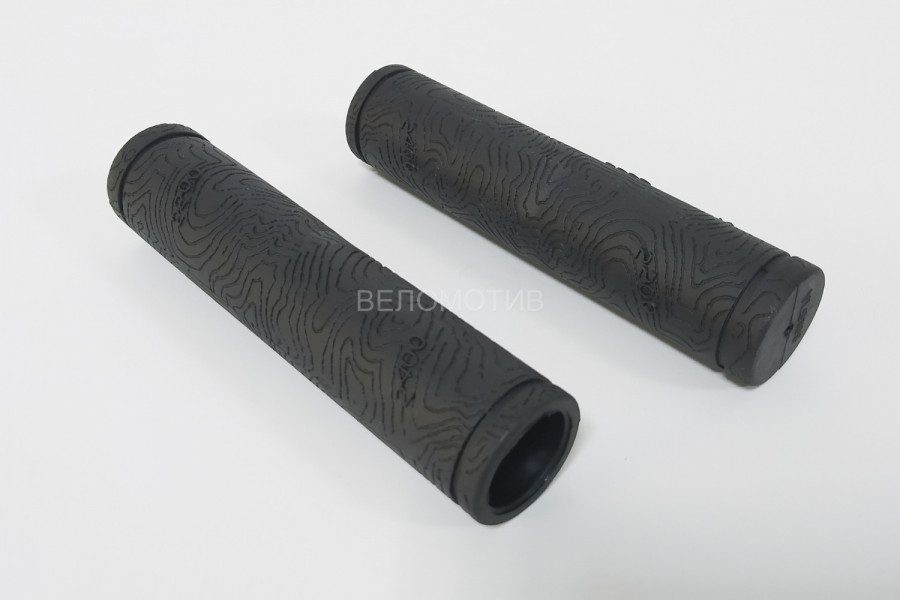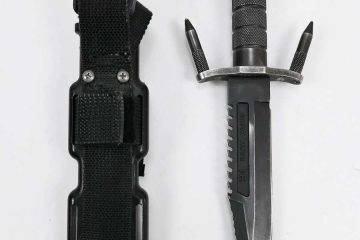Understanding Grips: Their Importance and Types

Introduction
Grips play a pivotal role in various sports and fitness activities, significantly influencing performance and safety. Whether in weightlifting, climbing, or even everyday tasks, the type of grip used can determine effectiveness and prevent injuries. With the growing interest in fitness and outdoor activities, understanding the nuances of different grips has become increasingly relevant.
Types of Grips
Grips can be categorized into several types, each serving specific purposes depending on the activity:
1. Power Grip
The power grip is primarily used in activities like weightlifting and wrestling. It involves wrapping all the fingers around an object, exerting maximum strength. This grip is essential for lifting heavy weights as it provides stability and control.
2. Pinch Grip
Used extensively in climbing and gymnastics, the pinch grip demands the use of the thumb and fingers to hold onto an object. This grip enhances finger strength and dexterity, which is crucial for climbing as it allows for a secure hold on small ledges.
3. Hook Grip
The hook grip is often favored by weightlifters. It involves wrapping the thumb around the bar and securing it with the fingers. This grip allows for better lifting technique and reduces the likelihood of the bar slipping, thereby enhancing safety during heavy lifts.
4. Finger Grip
This type is common in activities that require precision, such as playing musical instruments or using tools. The finger grip is often lightweight and allows for maximum dexterity, essential for controlling intricate movements.
Current Trends and Innovations
With advancements in materials and technology, the grips used in sports equipment and personal fitness tools are evolving. For example, ergonomic designs and materials that enhance grip friction are being integrated into gym equipment and outdoor gear, helping athletes perform better and reduce the risk of injuries.
Conclusion
Understanding the various types of grips and their applications is essential for anyone involved in sports or physical activities. As more individuals engage in fitness and outdoor adventures, the importance of choosing the right grip can lead to improved performance and safety. Future innovations may provide even greater enhancements to grip technology, giving athletes and fitness enthusiasts the tools needed to excel in their respective activities. For readers, being informed about grips could influence their training methods and overall health and safety during physical activities.









